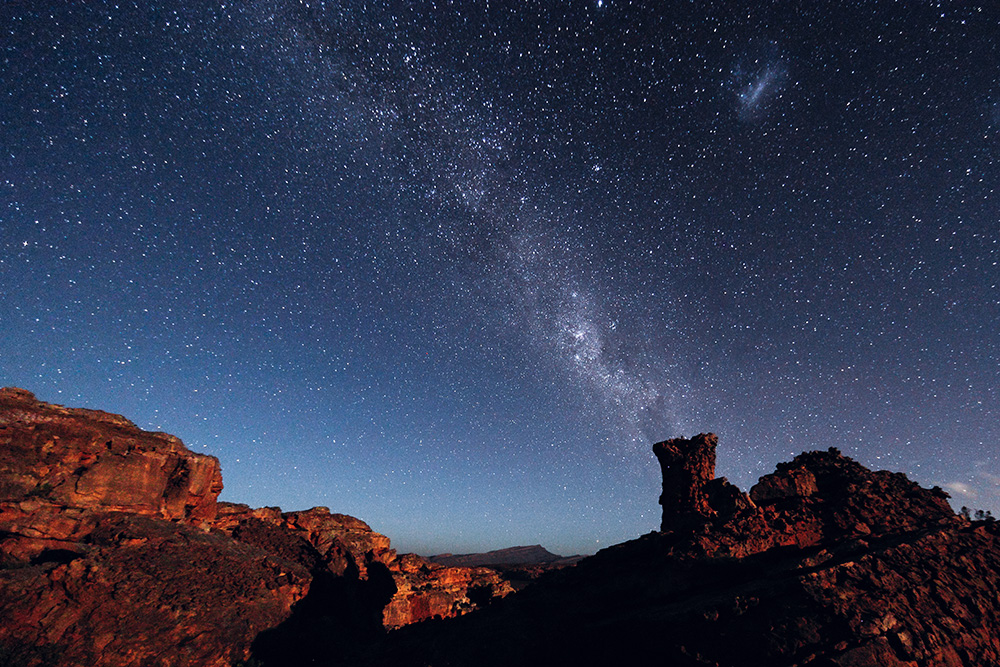- Call us: 01444 237070
- Contact Us
- Stores
- Sign In / Register
-
- Back
- Used Cameras
- Used Accessories
- Used Lenses
- Used Video
- Used Film Equipment
- Used Stock Alert
- Used Blank Test
- Sell or Part Exchange
- Used Clearance
- Recently Added Used Equipment
- Park Picks
- All Used Black Friday Deals
- Faulty
- Trade-In
- Blog
- New in
- Call us
- Contact us
- Stores
- Sign in
- Categories
- Tips & Inspiration
- Reviews
- News
- Events
- Features
- Buying Guides
- Competitions
What Makes a Great Photo
Photography is the most accessible, most popular, and arguably most enjoyable form of creative expression in the world, with billions of people trying their hand from smartphone shooters to seasoned professionals. While some may argue other art forms give creators more freedom, photography’s candid nature stands out, coming from capturing emotion and atmosphere in an everyday scene. The best photographers will take a memorable sight or a moment in time and add their artistic touch, sharing with others their perspective on the world. Creative application is what separates a good photo from a great photo.
Video Tutorial Tuesday – What Makes a Great Photo?
Gareth discusses what takes it to the next level and how we can all take better photos.
However, many seek to replicate the perfect pictures they come across but don’t know where to start. While technical accuracy can be consistently achieved, taking a nice picture that speaks to you and others quickly becomes a more subtle craft. Beyond the first step of nailing exposure and focus, a mountain of creative growth awaits those looking to produce images that compel, inspire, and impress. Keep reading as we discuss what makes a great photo, and we hope you’ll learn how to apply these attributes to your photography.

What is a ‘technically correct’ photo?
Before diving into the experimentation and creativity that culminates in a great picture, ensure you can identify a technically correct photo. This is how photographers begin to showcase their control over their photography and build upon this to produce an exceptional photo every time they raise their camera.
The two main technical aspects that stand out are exposure and focus. These are the two make-or-breaks for a photo – no matter what post-production strategies you apply an over- or under-exposed image can sometimes be impossible to embellish. Furthermore, if you haven’t perfected your focus, which is commonplace even with today’s autofocus systems, you can wave goodbye to the prospect of a great shot. Landscape photographers use techniques like focusing at the hyperfocal distance to ensure their entire photo is pin-sharp.
Employing manual photography is the best way to control exposure. While beginners are tempted to throw their camera into auto and have it do the work for them, a great photographer will seek control over every setting their camera offers, namely shutter speed, aperture, and ISO. By shooting in auto, you may get peace of mind when it comes to adjusting settings, but you’re sacrificing your control over to the software engineers behind your camera – an elite photographer would much rather do the work themselves.
Changing the shutter speed and aperture of the same shot will produce two vastly different images. For example, a portrait taken on a wider aperture with a gorgeously blurred background may look far superior to the wider depth of field achieved with a higher aperture. Furthermore, shutter speed control is paramount to those photographing motion as it can be the difference between a dynamic blurred shot and a static freeze-frame.
Keeping your wits about you, and adapting to your scene to avoid over or underexposing is much easier than it first looks. For the best photographers, balancing the three settings isn’t an on-the-spot calculation, and is instead a knee-jerk response.
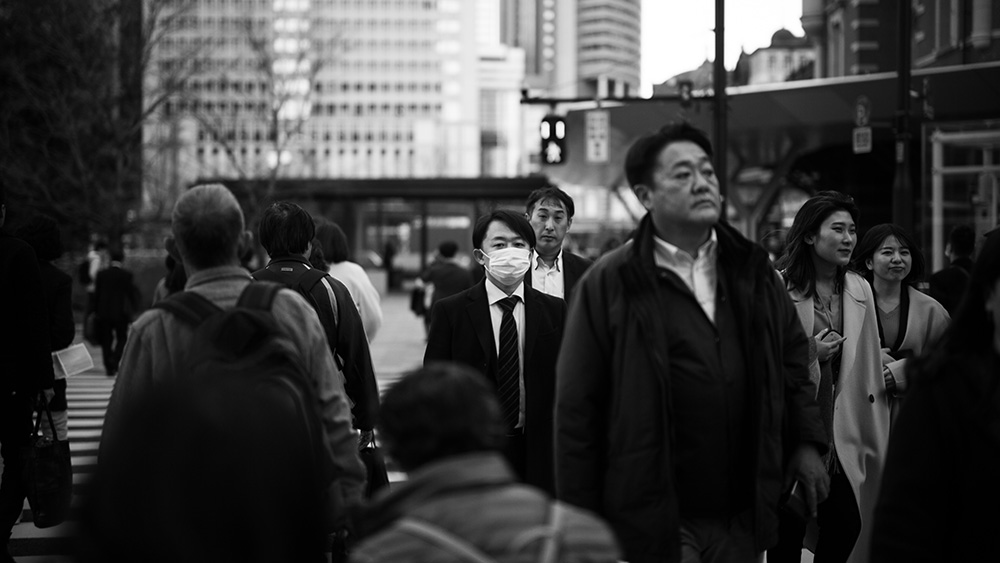
Photo credit Ben Webster
Classic Composition Rules
Composition is the aspect of photography that covers two sides of the same coin. While a messy, careless composition leans towards the side of technical inaccuracy, a strong one nails the details and reflects a photographer who’s controlled, thoughtful, and inspired. When covering these two bases, good composition kills two birds with one stone – it acts as both a technical and a creative force.
Your standard rules of composition, like the rule of thirds and the golden ratio, are born from the study of aesthetics. The truth of visual art is that some things simply look better to us than others – some patterns simply look natural and easy to follow to the human eye, and this is something that good photographers know how to use to take the perfect picture.
Another important player in a good composition is the path that the viewer’s eye follows. By incorporating leading lines, negative space, interesting framing, and a strong focal point, a photo easily becomes something that simply feels good to look at.
As a viewer, you feel the sense of the photographer directing you through their image, pointing your eye to exactly where they want you to look at exactly what caught their eye, which makes photography such an enjoyable medium. A strong photographer will use their photo composition to reflect what stood out to them at that moment in time, putting you in their shoes.
It’s also worth noting that almost all photographers go out of their way to remove distracting elements in their shots to achieve this. While, for example, a seagull dramatically soaring into your perfectly composed landscape may tempt your trigger finger, it takes your audience’s eye away from the beautiful scene you worked to emphasise.
Some scenes will inevitably have distractions, but the best photos have a deliberate single point of focus that stands out among all other details. This, in essence, is the main principle of good photography – identifying a main point of interest and directing your viewer’s eye toward it.
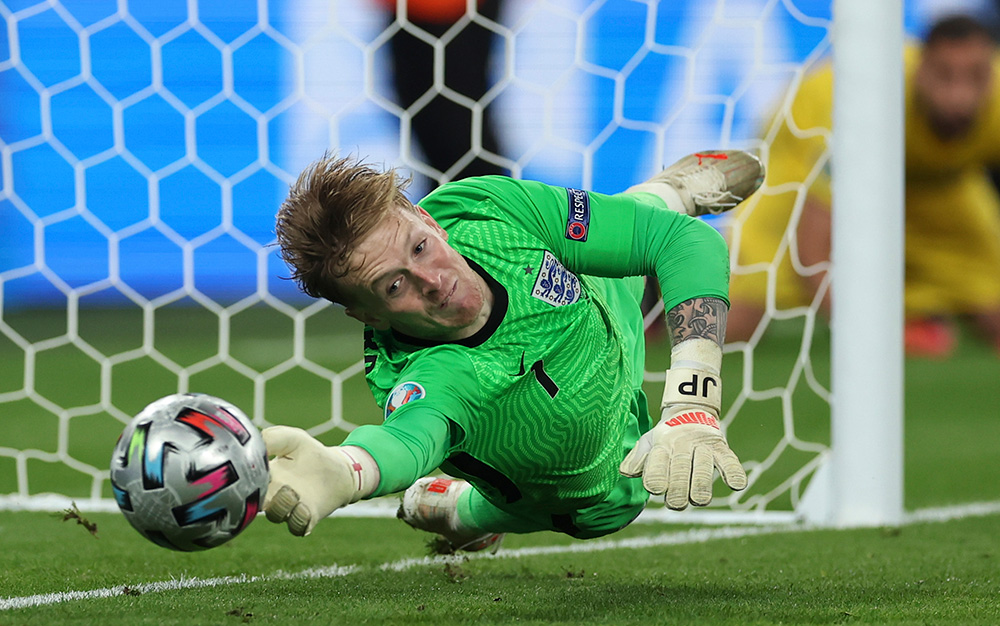
- Shot using a Canon EOS R3 + Canon EF 400mm f/2.8L IS III USM, courtesy of Eddie Keogh | 1/2,000 f/2.8, ISO 2,000. At 1/2000s, Pickford’s motion is perfectly frozen, capturing the moment two nations held their breaths in the EURO 2020 Final.
Breaking Composition Rules
The one thing a photographer should be aware of when working with the compositional rules on taking photos is to avoid painting themselves into a corner. While they can be powerful, an over-the-top dependence on them can lead to photographers picking up tunnel vision and missing an opportunity to take more interesting shots. As long as there are no glaringly obvious errors (provided there is such a thing), an unconventional composition can lead to a photo having much more intrigue.
While there’s nothing to gain in breaking the rules just for the sake of it, it can be a tool to achieve the desired goal of any photograph, which is directing your viewer’s attention to a point of interest. Holding fast to compositional rules can sometimes be a roadblock here – at times a scene simply has no clear-cut compositional features like leading lines or elements on thirds.

In these cases, great photos often take form as they force the photographer to experiment and explore other possibilities. After all, the best photographers can apply compositional rules with very little conscious thought, enabling them to quickly know what’s not working and where to go from there by changing their point of view, exploring angles, and more to get a shot that looks great.
A unique picture is a sure-fire way to draw a viewer in. While we’ve all seen perfectly composed images, good images that stick in your head are often unconventional and present ideas you haven’t seen elsewhere before – a scene where the compositional rules don’t apply well can be a wide-open door for a creative, spectacular photo. Accuracy and technique are still important, but they are by no means the be-all and end-all of a photo.
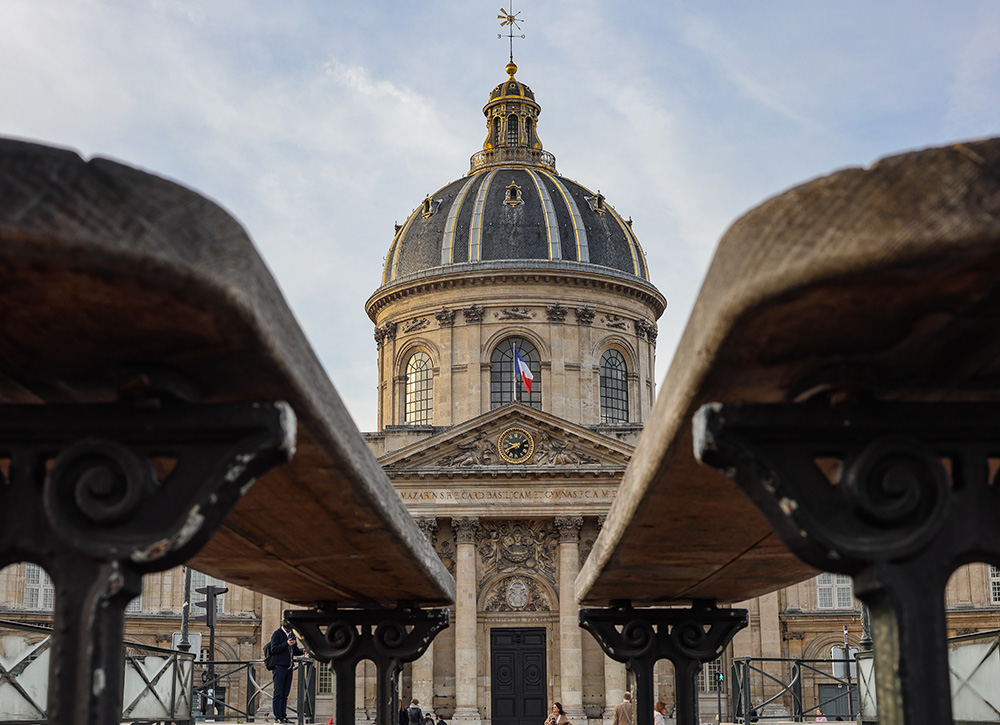
Photo credit Martin Bissig
Storytelling in Photography
The most creative endeavour that photographers take up is storytelling. As authors tell stories using their words, photographers tell stories using photos. While this doesn’t require them to go overboard, it’s the most effective way to introduce some ‘feeling’ into a picture and could be the factor that separates a good picture from a great one and a snapshot from a work of art.
Old photos that have stood the test of time are often technically unremarkable compared to those that digital cameras are capable of today. What makes them unforgettable is their character and the feeling or message they convey. After all, one of the biggest misconceptions is that photography isn’t as complex or creative as other art forms. Despite this, a powerful photo can live much longer in your memory as it’s the most realistic and honest portrayal of a moment you can achieve. This is what storytelling accomplishes in an outstanding photo.

Opportunities to fill a photo with personality come from everywhere - this is especially prevalent for event photographers. At weddings, for example, producing stunning creative images isn’t a challenge. It’s a requirement. Therefore, they’re always waiting for the perfect display of emotion to capture the feeling of a scene beyond its appearance. Often, the scene itself can dictate the emotion that a photo inspires, with lighting and colour incorporating mood into any image.
Elsewhere, for instance, when shooting urban or landscape images, unique moments are dictated by chance; your subject and the scene are often changing beyond your control. Instead of abandoning their hopes of a perfect photo because the shot that they came for isn’t available, a good photographer will embrace the variation and often come out with a photo that tells a completely different story from what they intended.
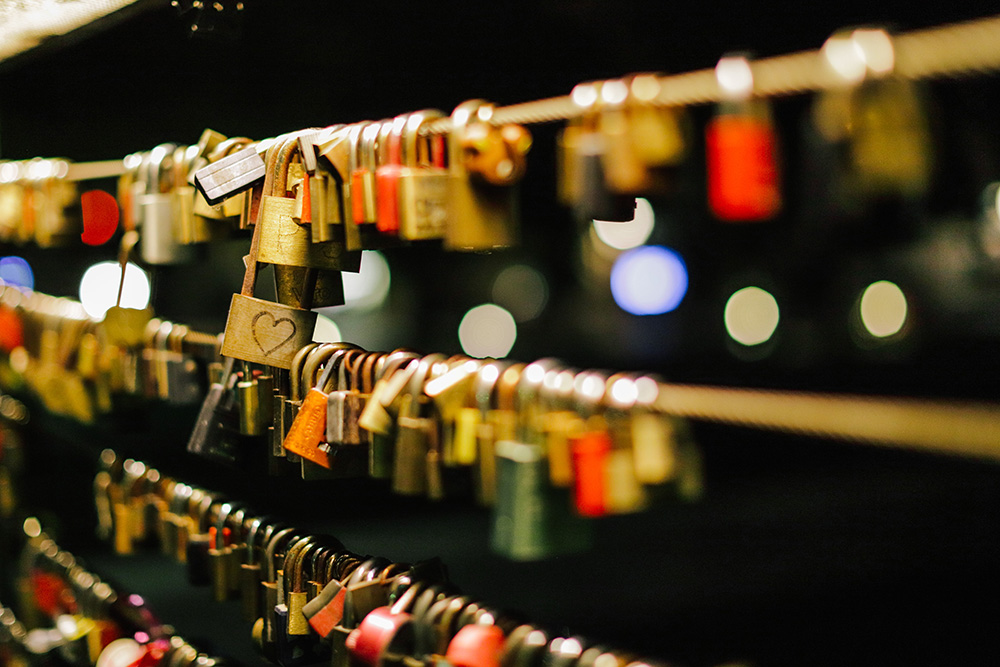
Photo credit Tom Martin
Using Equipment
While photography is an extremely accessible pastime, we’d be lying if we said the right gear didn’t give some photographers an advantage. Today, we’re lucky that the industry has a modern and efficient solution for all photography needs, because the camera, lens and equipment you use all has an influence on what makes a great photo.
To produce great photos, photographers seek to find a camera that caters best to their focus. Street and travel photographers look for smaller cameras that are portable and easy to operate like the Sony A6700. Those working with genres that require maximum detail like landscape or portrait photography look for full-frame powerhouses like the Nikon Z8 and are even being tempted to upgrade to modern medium-format competitors like the Fujifilm GFX 100 II with even more detail. The abundance of digital camera specs is vast, and each one means something different to a different type of photographer, bringing a new level of control, detail, and ease to their photography.
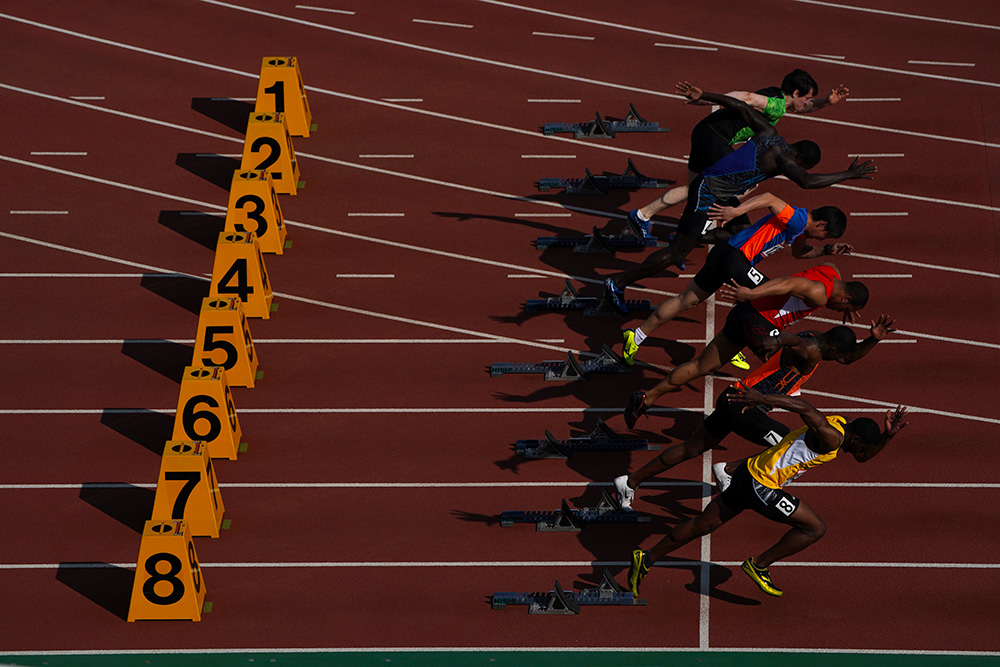
The lens a photographer uses has arguably the most impact on their final image – with varying focal lengths and apertures, using the appropriate lens can make a huge difference to a picture. A photo taken on an ultra-wide angle lens will make foreground elements dominate, whereas a super telephoto lens makes picking out close-up details from a distance simple. Along the focal length spectrum, there is an optimum for every photo, so the best photo is often one taken at the perfect focal length.
Beyond the camera and the lens themselves, there’s a variety of accessories that provide unique ways of making photos brilliant. Lighting goes a long way in inspiring emotion and tone to a photo, which can be controlled using a range of different lighting accessories. Furthermore, tools like tripods are not only compositional aids, but they give photographers control over their shutter speed – using this accurately can add energy to an otherwise static image, and pairing this with lens filters can push this even further.
Photography is a pursuit that can be undertaken with any gear, however, a good photographer will know exactly what equipment they need to achieve their vision every single time.
 ]
]
Mastering Post-Production
While a photo’s impact is mostly decided as it is shot, the icing on the cake is the photographer’s use of editing. Not only can it give you a second chance to perfect your image, it’s one of the easiest and most versatile way of giving your photos a creative signature.
Firstly, editing software can often remove technical errors in a photo. Photographers often find themselves saved by the sheer amount of data that their RAW files keep, allowing them to pull detail out of the most over and underexposed parts of their shots.
Photo credit Gergo Kazsimer
Correcting exposure and colour balance issues is greatly helpful; however, in the age of artificial intelligence post-production has become even more powerful. Removing unwanted elements or distractions from your picture is easier than ever using tools such as Generative Fill. AI is still a hotly debated subject in professional photography, but there’s no denying that its implications for creation and post-production are changing the fabric of the medium, and are enabling many more people to produce nice pictures.
Editing is also a great aid in the pursuit of creativity. Despite all our efforts, the unaltered picture you capture with your camera may not align with how you experienced the moment. Tasteful edits allow photographers to enhance a mood, theme, or feeling – for instance, increasing the warmth and vibrance of a photo taken on a hot summer holiday conveys that summery feel far better than an unchanged image. Ultimately, a great photo will inspire some sentiment in its viewer, which is what post-production helps you to achieve.
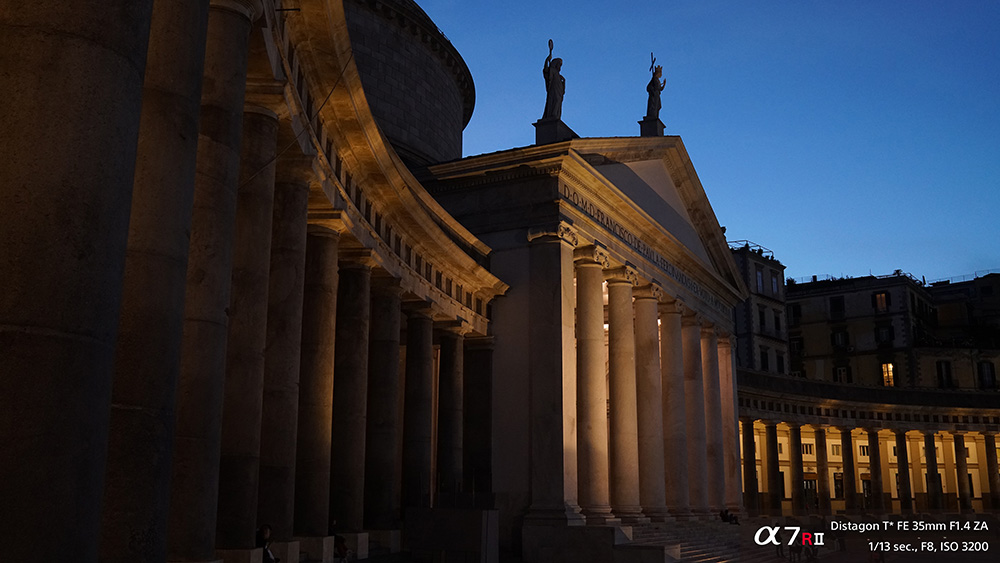
Summary
A great photo is the result of a combination of factors. Technical accuracy is the first – a perfectly balanced exposure and precise depth of field provide the scaffolding for a strong photo. However, a technically perfect image can still lack any sort of intrigue or liveliness without an engaging composition and powerful storytelling. This quote from the late Henri Cartier-Bresson illustrates these three factors perfectly - “it is an illusion that photos are made with the camera… they are made with the eye, heart, and head.”
By controlling how a photo is experienced by a viewer, the impact of a photo increases exponentially and takes photography much further into the realm of art. A great photo is a joy to look at and an even greater joy to take, as by the end you’ll have a piece of work that you’re proud of and is certain to capture the emotions of friends, family, and more.
Park Cameras is run by photographers for photographers – we’re a community deeply invested in the beauty of photography. Discover our range of digital cameras, lenses, and much more today, as we’re the one place for everything you need to take the best photos.
Share this post:
By Thom Pyle on 15/01/2024

Trade in your old equipment
Fast and easy trade in service ensures your old gear is collected efficiently and you are paid quickly! It's very simple to trade in your unwanted photography gear. Just head over to our dedicated Sell or Part Exchange page, fill out the details, and we'll get back to you with an offer for your old gear. Take the cash, or put it towards the cost of your new gear. It's up to you! Find out more
sign up to the newsletter
Keep up to date on the latest photography news, events and offers. Sign up now

